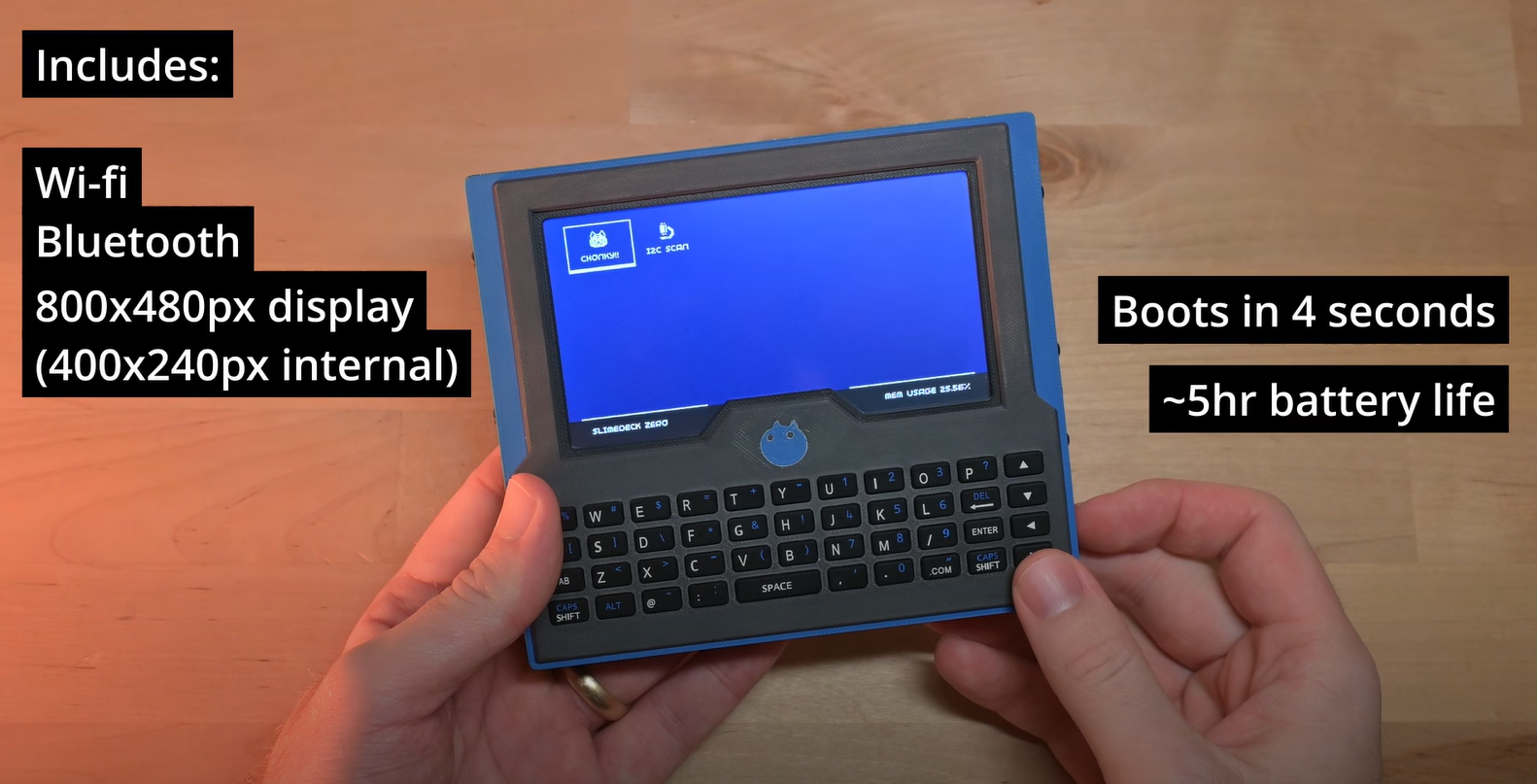
or signup to continue reading It's an undeniably strange feeling to clamber into the cabin of a and see two pedals and an automatic gear shifter. Not to mention what's under that giant bonnet; a four-cylinder diesel lifted from the and instead of the familiar V8 – brave new world indeed, or as Toyota calls it, 'the next chapter'. This four-cylinder drivetrain is key to opening up a whole new audience for the legendary off-roader, with fleets especially keen on a self-shifting workhorse that can be driven by anyone, and uses less diesel while at it.
As well as the new engine, the mighty Cruiser 70 family picks up a redesigned front end, new interior displays and a few driver-assist aids. Here we're driving the big-selling LC79 single-cab/chassis, but you can also buy the LandCruiser as a LC79 double-cab/chassis, LC78 Troop Carrier, and LC76 Wagon. The LandCruiser 70 Series range opens at $75,600 before on-roads, and extends to $83,500 before on-roads.

The vinyl seats and door cards, washable floors, and rock hard plastics are not remotely luxurious of course; but the back-to-basics interior is built to cope with abuse for decades, so it's best to look at it in these terms. The steering wheel pilfered from a HiLux adjusts for rake and reach, and behind it sits a new instrument cluster, with what I think is a rather cool speedometer design with a modern-ish trip computer off to the side. The dashtop is very shallow and more truck than SUV in its layout and trims, which feel rock solid.
The fascia also keeps it simple with a basic screen, old-school manual AC controls, and rock solid plastics. It feels like a throwback in so many ways, which is charming for a week-long loan but is also by design. Manual quarter windows, side windows and mirrors are unlikely to break, and are probably easier to fix in a paddock if they do.
While Toyota has made a concession in the form of a small touchscreen display with Bluetooth, it looks decidedly aftermarket and for the life of me I couldn't get Android Auto to work. The automatic shifter is situated next to a separate shifter to engage low- and high-range 4WD, with buttons and dials to engage Power and Haul throttle settings, downhill assist and trailer brake modulation. Storage is limited to a small centre console between the two seats, a bit of space behind each seat, a phone-size section along the centre tunnel, two cupholders and a glovebox.
This 2.8-litre four-cylinder turbo-diesel that's shared with the HiLux has been in the LandCruiser 70 Series for over 12 months now. Initially it was only available with an automatic transmission, but a manual version is now also offered.
Twist the key and the first thing you notice about the 2.8-litre diesel is how relatively quiet it sounds at idle, and how much more relaxing it is to drive with a six-speed automatic – particularly at 110km/h where that extra tall gear really helps keep revs down. In every metric the four-cylinder outperforms the V8: in our testing which you can see in the embedded video, it was 2.
0 seconds faster from 0-100km/h (12.7s), 1.0 second faster 80-120km/h (11.
2s) and over a quarter-mile (18.3s), and performed better when accelerating with a trailer dyne. On paper it's a no brainer, but of course the V8 has its upsides.
There's something about changing gears yourself, the guttural rumble, the tune-ability, the reputation, and the likely resale value over time. There will never be another vehicle like it, remember..
. In terms of fuel consumption, Toyota's claim of 9.6L/100km compared unfavourably to my real world figure of 12L/100km on mostly highway driving.
The engine wasn't fully run in yet, but the LandCruiser's mass and boxy shape mean it simply cannot be a fuel efficient vehicle, even with the four. The LC70's mechanicals are simple and tough, prioritising off-road driving, carrying loads and towing over on-road comfort. It has rigid axles, leaf springs at the back, and hydraulic power steering with a massive 14.
4m turning circle; although, interestingly it does have rear disc brakes whereas some utes still use drums. Stock, it has a heavy duty 3510kg gross vehicle mass alongside a 2130kg kerb weight, leaving the best part of 1400kg for payload including tray. Meanwhile, its 7010kg gross combined mass means it can tow at 3.
5t capacity and be at maximum payload at the same time. To give this context, the LC70 has a 460kg higher GVM and 1160kg greater GCM than a HiLux SR cab/chassis. The narrow cab means taller folk will hit their knees against the window winder, but you get a terrific view of the road through the narrow pillars, even within the vast expanse of bonnet ahead.
But it's not the easiest rig to drive, on account of its size, the lack of a reversing camera, and the heavy hydraulic steering. With a narrow rear track (95mm narrower than the front), heavy-duty rear leaf springs and beam axles, it's prone to bounce and jiggle over bad roads when unladen, but then it's not designed to be driven around in showroom condition..
. The old-school features carry over to off-roading, with the LC70 the only vehicle left with manually locking hubs, which you can shift from Auto, which lock when the transfer case engages 4H or 4Lo, to Lock using a lug wrench. You engage 4WD via the second shifter, and with clearance of 316mm, low range, front and rear diff lockers fitted, and all-terrain Dunlop Grandtreks, not much will stop you.
But neither will you be comfortable, with lots of head toss and heavy steering giving a sense of unwieldiness. When it comes to aftermarket modifications, the sky really is the limit. An entire industry exists to support this thing.
.. While Toyota has kept driver assists to a minimum there's cruise control and a lane departure alert, both of which can be helpful on long drives.
To call the LandCruiser 70 sparsely equipped is a kindness. The LC70's colour palette includes French Vanilla, Silver Pearl, Graphite, Merlot Red, Sandy Taupe and Midnight Blue. The LandCruiser 70 no longer carries an ANCAP rating on account of the number of years since it was tested, though, the two-door cab/chassis was a five-star vehicle.
Standard safety equipment includes dual front, curtain and driver's knee airbags, lane departure alert, and autonomous emergency braking (AEB). The upgraded LandCruiser 70 Series is covered by a five-year, unlimited-kilometre warranty, extended to seven years on engine and driveline. If having old-school charm was key to scoring highly, the LandCruiser 70 would get a perfect 10.
A 70 Series Cruiser is either a heavy-duty work vehicle or a lifestyle choice, opening up a world of aftermarket add-ons and modifications, and a sprawling community. While simple tech doesn't automatically equal longevity, Toyota has runs on the board. For tens of thousands of Australians where the dirt is red and the flies thick, this really feels like the only viable vehicle of choice.
In most aspects, the LandCruiser 70 has all the drawbacks of its decades-old design in terms of how it drives and how it feels inside – but that's hardly a revelation. What's also clear is that the four-cylinder performs better than the V8 in all metrics bar one, namely the bigger donk makes peak torque over a wider rev band and may thereby prove more tractable. That doesn't mean Aussies will be handing in their beloved manual V8 models hand over fist, of course.
Content originally sourced from: Advertisement Sign up for our newsletter to stay up to date. We care about the protection of your data. Read our .
Advertisement.















